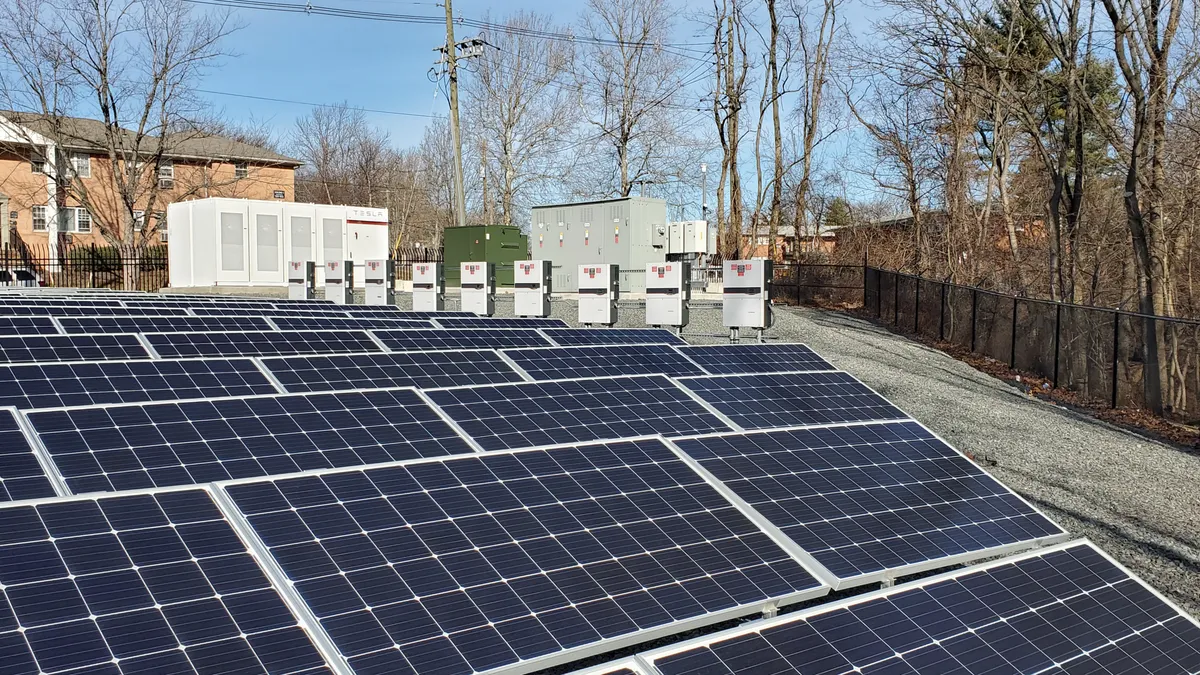Energy efficiency programs offered by Public Service Electric & Gas are saving New Jersey customers hundreds of millions of dollars annually and should be extended, the utility said Wednesday.
PSE&G’s efficiency programs have “made a substantial positive impact on our customers, encouraged energy conservation and delivered savings,” Karen Reif, the utility’s vice president of renewables and energy solutions, said in a statement.
PSE&G on Nov. 9 asked the New Jersey Board of Public Utilities to authorize a six-month, $306 million extension of its Clean Energy Future-Energy Efficiency program, known as CEF-EE, from July 2024 to December 2024. Approval will ensure that PSE&G “can continue to offer energy efficiency programs to residential and business customers,” the utility said in a statement.
PSE&G is also planning to file a proposal on Dec. 1 for the next program cycle, CEF-EE II, for the 30-month period beginning January 1, 2025. Other gas and electric utilities in New Jersey are expected to make similar filings with the BPU to expand their energy efficiency offerings.
“The proposal will expand on current program offerings, while also introducing new initiatives, including a building decarbonization initiative and a demand response offering that aims to reduce the carbon footprint of residential and commercial buildings and decrease energy demand during costly peak electricity consumption periods,” PSE&G said.
New Jersey regulators approved the CEF-EE program in 2020, and PSE&G launched 10 programs in 2021 aimed at the residential and commercial market. In May, the BPU approved a $280 million nine-month extension of the program.
“Customers are expected to achieve annual savings of approximately $370 million on their utility bills,” PSE&G said. “These savings are a direct outcome of various program efforts, including recycling more than 19,000 appliances, providing more than 11 million high-efficiency LED light bulbs, and completing more than 54,000 home energy assessments.”
PSE&G said its CEF-EE program produces energy savings of nearly 1.7 million MWh and approximately 40 million therms of natural gas per year, combining to avoid approximately 1.2 million metric tons of carbon dioxide emissions annually.















